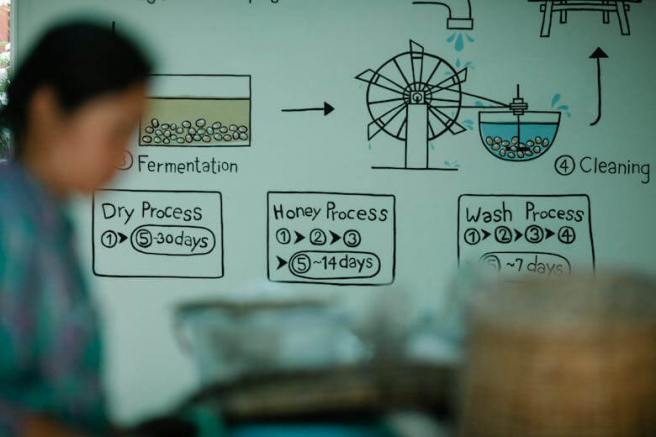How to create a graphical abstract for an Elsevier journal article

A graphical abstract or visual abstract is an invaluable tool that can be used to tell the story of your paper at a glance. In fact, graphical abstracts can increase the visibility of research by making articles more catchy and accessible, particularly at a time when readers often skim through content. Such abstracts allow readers quickly evaluate the relevance of a paper. What’s more, these engaging snapshots are very handy for sharing on social media and presentation slides.
A growing number of journals and publishers are recommending or mandating that the submission package include a graphical abstract. Elsevier journals typically require authors to submit such a visual summary alongside their manuscript.
Creating a graphical abstract for Elsevier journals
Authors often struggle to translate complex research into visually appealing figures that meet a journal’s graphical abstract guidelines. Elsevier provides detailed specifications to help researchers create effective visual summaries of their work.
The drawing board: getting started
Here are some tips for kickstarting the process of creating a graphical abstract for Elsevier journals:
You may use a number of formats, a common one being the PowerPoint slide.
Keep in mind the graphical abstract title, main section (methods, results, and conclusions), and author details and citation.
Use graphical elements that effectively represent your findings; keep it simple and uncluttered.
Avoid re-using one of your figures from the article.
Once you have a rough draft or outline, check the specific instructions in the Elsevier journal’s author guideline section.
The final draft: bringing it all together
Now that you know the basics, let us take a look at some of the specific guidelines for making a graphical abstract for Elsevier journals.
To ensure clarity and effectiveness, when preparing a graphical abstract for an Elsevier journal, authors must adhere to the following guidelines:
Unique Image: Create a unique image that visually summarizes the main findings of the article.
Flow: Ensure a clear start and end, preferably following a natural reading direction: from left to right or top to bottom.
Size: Elsevier graphical abstract size should be a minimum of 1328 × 531 pixels (w × h) with a minimum resolution of 300 dpi. For a larger image, the ratio should remain the same, i.e., 500 × 200 (w × h).
Font: Times, Arial, Courier, or Symbol font may be used with adequate font size for a final image fitting a 200 × 500 pixel rectangle.
File type: TIFF, EPS, PDF, or MS Office files are typically accepted.
Text to minimum: Avoid any additional text or synopsis, providing minimal textual elements as part of the image file. Avoid using the heading “graphical abstract” in the image.
Checklist: Note that certain Elsevier titles may have specific instructions. Make sure that you check the journal’s guide for authors before finalizing the graphical abstract.
Templates: Elsevier example templates can help you structure the visual elements effectively.
Uploading: Finally, you can upload the graphical abstract in the submission system by selecting “graphical abstracts” from a drop-down list.
Examples and tools
Now you have understood how to distil your research into a compelling graphical abstract. Elsevier examples can be seen here.
To assist authors in developing their graphical abstracts, platforms like Mind the Graph offer templates and design tools specifically tailored for scientific illustrations. These resources simplify the creation process while ensuring adherence to Elsevier’s guidelines.
The big picture: “Drawing” conclusions
A graphical abstract is a concise pictorial representation of the main findings of a study, enabling readers to quickly grasp the key takeaways without wading through the full text. Modern scientific communication now places considerable emphasis on clear and engaging graphical abstracts. Elsevier journals recognize these visual summaries as essential tools that help readers quickly grasp complex research findings and decide whether to read the full paper.
Ensure adherence to your target journal’s graphical abstract guidelines. Elsevier recommends using simple, clear visuals with minimal text to maximize impact and readability. By following established guidelines related to design, content, size, and format, you can create visuals that effectively communicate your research findings to amplify the impact and usefulness of your work.
Comments
You're looking to give wings to your academic career and publication journey. We like that!
Why don't we give you complete access! Create a free account and get unlimited access to all resources & a vibrant researcher community.

Subscribe to Career Growth
Take a step toward advancing your career by learning more about getting funded, disseminating your research widely, and developing essential skills that will open new opportunities for you to succeed. Subscribe to receive curated content.









